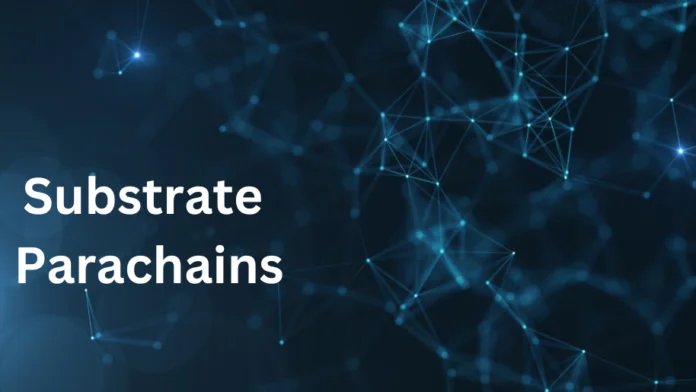Substrate Parachains are a fundamental component of the Polkadot network, providing scalability, interoperability, and flexibility to the blockchain ecosystem. However, the allocation of Parachain slots in the Polkadot network is not a straightforward process. It involves a unique economic model known as parachain slot auctions, which plays a crucial role in determining which projects gain access to the Polkadot network. In this article, we will explore the tokenomics of Substrate Parachains, specifically focusing on the economics behind parachain slot auctions.
Understanding Parachain Slot Auctions
Before delving into the tokenomics, it’s important to understand how parachain slot auctions work. In Polkadot’s multi-chain architecture, the network has a limited number of parachain slots available, and these slots are auctioned off to projects through a competitive bidding process.
Here’s a simplified overview of the process:
- Announcement: When a parachain slot becomes available, it is announced to the Polkadot network.
- Bidding: Projects interested in securing a parachain slot participate in an auction by locking a certain amount of DOT tokens as a bid. The highest bidder wins the slot.
- Lease Period: The winning project is granted a lease period during which they can utilize the parachain slot for their blockchain. Lease periods can vary, but they are typically in the range of weeks to months.
- Renewal: After the lease period ends, projects have the option to renew their lease by participating in another auction. If they do not renew, the slot becomes available for others to bid on.
The Economics Behind Parachain Slot Auctions
Now, let’s dive into the economics that govern parachain slot auctions:
- DOT Token Demand: Parachain slot auctions drive demand for DOT tokens, the native cryptocurrency of the Polkadot network. To participate in an auction, projects must lock up DOT tokens as collateral. This increased demand for DOT can potentially lead to price appreciation.
- Auction Mechanism: The competitive bidding process ensures that the project willing to commit the highest amount of DOT tokens secures the parachain slot. This mechanism ensures that the slots go to the projects that value them the most.
- Lease Costs: Winning projects must pay a recurring fee in DOT tokens to maintain their parachain slot lease. This ongoing cost is part of the economic model and is designed to prevent misuse of slots and encourage efficient use of network resources.
- Market Dynamics: The economics of parachain slot auctions are subject to market dynamics. The value of DOT tokens can fluctuate, affecting the cost of participation in auctions. Additionally, the popularity and demand for parachain slots can vary over time, influencing auction outcomes.
- Token Staking and Locking: Projects participating in auctions are required to stake and lock a significant number of DOT tokens as collateral. This locking of tokens reduces their circulation supply, potentially impacting token scarcity and value.
- Revenue Generation: Winning projects have the opportunity to generate revenue through various means, such as transaction fees, token issuance, or other revenue-generating activities on their parachain. This revenue can offset the costs of participating in auctions.
- Decentralization and Security: The tokenomics of parachain slot auctions play a role in ensuring the decentralization and security of the Polkadot network. By requiring projects to commit significant resources (DOT tokens) to secure slots, the network discourages centralization and strengthens security.
Conclusion
The tokenomics of Substrate Parachains, particularly the economics behind parachain slot auctions, are a vital component of the Polkadot ecosystem. These auctions drive demand for DOT tokens, allocate resources efficiently, and contribute to the overall security and decentralization of the network. They also provide a fair and competitive mechanism for projects to secure a parachain slot based on their commitment and value proposition.
As the blockchain industry continues to evolve, the tokenomics of Substrate Parachains will likely undergo refinements and adjustments to ensure the network’s sustainability and continued growth. These tokenomics not only shape the economics of Polkadot but also influence the broader blockchain ecosystem by setting standards for efficient resource allocation and incentivizing innovation. Understanding the intricacies of parachain slot auctions is essential for participants in the Polkadot network and those interested in the dynamics of decentralized networks.

